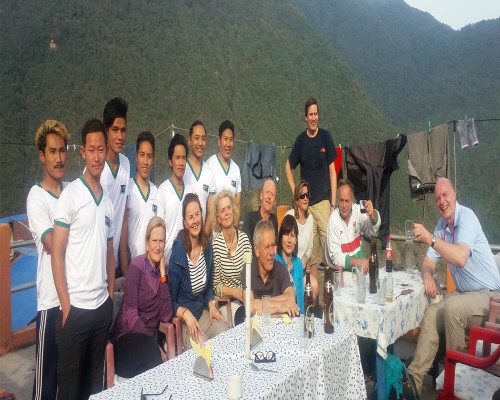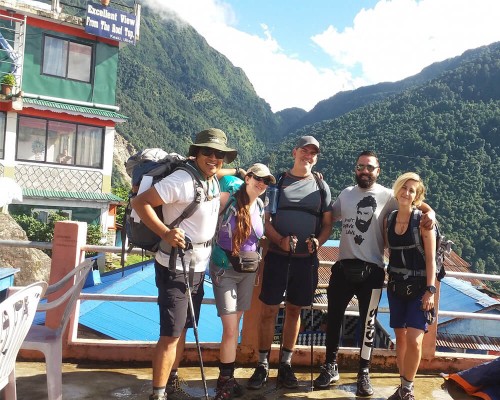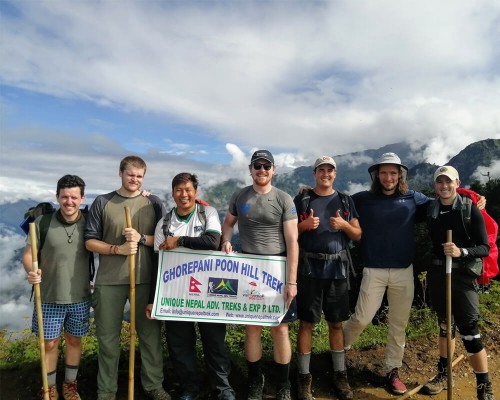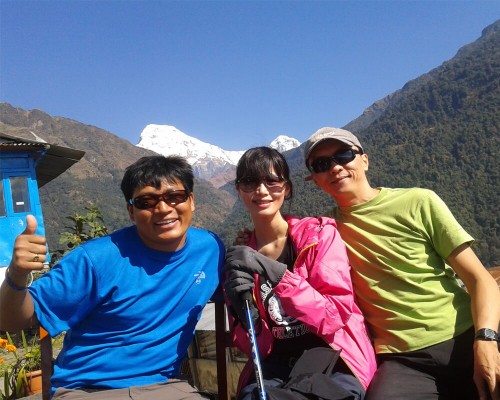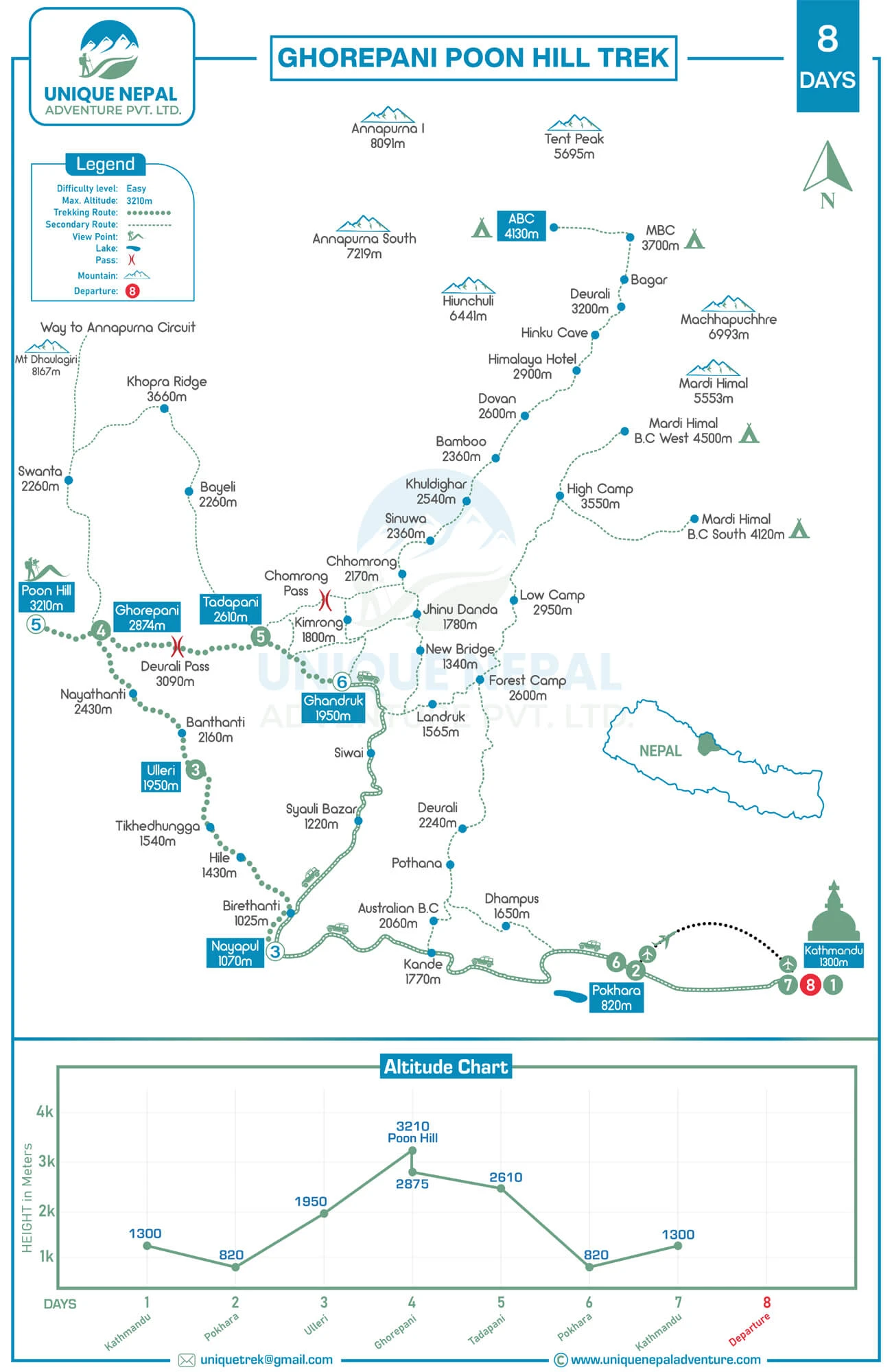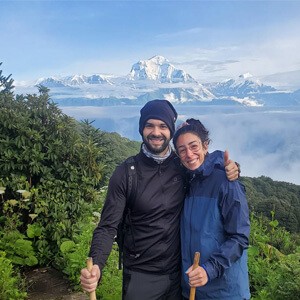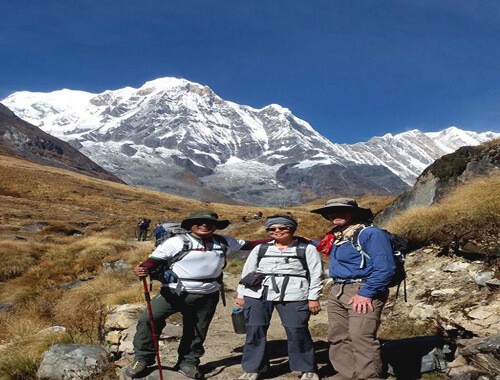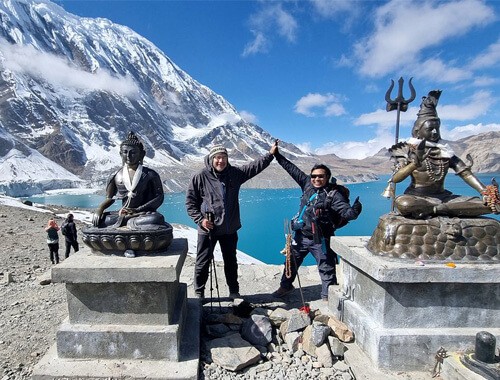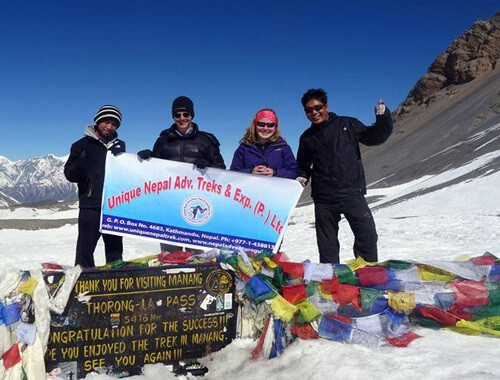Overview of Ghorepani Poonhill Trek
Ghorepani Poonhill Trek is a short and sweet trip spanning just four days yet overflowing with unforgettable experiences. This perfect itinerary beckons travelers of all ages, casting its spell, especially for families seeking natural beauty and cultural immersion. Poon Hill is the best sunrise and sunset viewpoint.
Embark on a captivating 4-day Ghorepani Poon Hill Trek: Witness the mesmerizing sunrise from Poonhill viewpoint (3210m), offering unparalleled 360-degree mountain panoramas. Ideal for families and adventurers of all ages. Traverse through enchanting forests, adorned with blooming rhododendrons in spring, and delve into the rich Gurung culture at Ghandruk village.
Wander through the quaint villages of Gurung and Magar communities, where time seems to stand still amidst their rich tapestry of tradition and heritage. From Hile to Tikhedunga, Ulleri to Ghorepani, and finally to Ghandruk, each step unveils a new chapter of Gurung and Magar life, painted with the hues of authenticity.
Nature herself takes center stage, adorning the path with lush forests where rhododendron flowers bloom in a vibrant display of colors during the spring months of March and April. It is well known as colorful trekking in Ghorepani Poon Hill. Behold the spectacle of nature's palette, with hues ranging from fiery reds to delicate pinks and pristine whites, each petal a testament to the beauty of the Himalayan landscape.
Yet, the true crescendo of this journey lies in the majestic vistas that await atop Poonhill. With awe-inspiring views of the snow-capped giants of the Annapurna range, including the towering Dhaulagiri, the majestic Manaslu, and the legendary Annapurna I, every glance is a testament to the grandeur of Mother Nature. Among them, the peaks of Annapurna South and the iconic Fishtail stand as guardians of the horizon, while Annapurna II and Hiunchuli add their majestic presence to the panorama.
In every moment of this trek, from the cultural encounters to the breathtaking landscapes, the Ghorepani Poon Hill Trek weaves a tale of wonder and discovery, leaving an indelible mark on the hearts of all who tread its path.
How Did They Brand the Name of Poon Hill?
The name "Poon Hill" originates from the local Poon Magar ethnic group residing in the area. Combining "Poon" from their ethnicity and "Hill," the viewpoint became branded as Poon Hill. Over the years, it has gained popularity among both internal and external tourists due to its breathtaking panoramic views of the snow-capped mountains, including Dhaulagiri, Manaslu, and Annapurna. Previously used as a route by locals and travelers, it evolved into a must-visit destination, offering trekking experiences, insights into Gurung and Magar cultures, and access to iconic trekking routes like the Annapurna Circuit and Annapurna Base Camp via Ghorepani.
Why Choose the Ghorepani Poonhill Trek?
- A short and sweet trek, easily accessible for all.
- Perfect for all age groups – ideal for a family trip.
- Enjoy stunning 360-degree panoramic views of Annapurna, Dhaulagiri, and the iconic Fishtail (Machhapuchhre).
- Discover the wonders of nature and rich cultural heritage along the trail.
- Explore the vibrant tourist hub of beautiful Pokhara
Which mountains can we see from Poonhill?
Poonhill stands at 3210 m, and you will see the awe-inspiring beauty of the 7th, 8th, and 10th highest peaks, Mt. Dhaulagiri, Manaslu, and Annapurna, alongside captivating vistas of Annapurna South and the majestic Fishtail. Enjoy the scenic wonders!
- Mt. Dhaulagiri (8167m / 26795 ft.)
- Mt. Manaslu - (8163 m / 26782ft.)
- Annapurna-I - (8091m / 26546ft)
- Annapurna-II (7937m / 26065ft)
- Annapurna South (7219m / 23685ft.)
- Fishtail (Machhapuchhre) - (6993m / 22943 ft)
- Hiunchuli - (6441m / 21132ft)
- Mt Tukuche - (6920m / 22704ft)
- Mt. Nilgiri - ( 6860m / 22507ft)
Ghorepani Poonhill Trekking Route
Your journey starts with arrival in Kathmandu, followed by travel to Pokhara (210 km—7–8 hrs by bus or 30 mins by flight). Pokhara offers beautiful lakeside views and a relaxing overnight stay.
The 4-day trek begins from Nayapul, passing through scenic villages like Tikhedunga, Ulleri, Ghorepani, Poon Hill, Tadapani, and Ghandruk.
The trail features suspension bridges, rhododendron forests, terraced fields, and warm hospitality from Gurung and Magar communities.
Short Itinerary: Ghorepani Poonhill Trek (4 Days)
Day 1: Drive from Pokhara to Nayapul (1.5 hrs), then trek to Ulleri (5–6 hrs) through villages, forests, and riversides.
Day 2: Trek from Ulleri to Ghorepani (6–7 hrs) via rhododendron forests and charming villages.
Day 3: Early hike to Poon Hill (3210m) for sunrise and mountain views. Trek to Tadapani (5–6 hrs) through scenic trails.
Day 4: Trek to Ghandruk (3–4 hrs), lunch in the Gurung village, then drive back to Pokhara (2.5 hrs).
Cost of Ghorepani Poonhill Trek
Ghorepani Poonhill Trek costs $290 to $385 per person. You need a minimum of 2 pax in a group; if you are a single traveler, the cost would be slightly higher.
- A 3-night and 4-day trekking cost is $290 per person, which service includes lodging, food, transportation, permits, and a guide. Trekking starting from Pokhara and ending in Pokhara.
- If you need a full board package from arrival to departure as a Kathmandu-to-Kathmandu service, the cost would be $385 per person, and a minimum of two pax are required in a group. It includes airport pick-up and drop-off, 2-night hotels in Kathmandu and Pokhara, Kathmandu-to-Pokhara and return transportation by tourist bus, needed permits, and one professional guide.
- If you want a porter, the cost is an extra $120; everything of his expenses is included.
It is a short and sweet trek with a panoramic mountain view that is budget-friendly. We provide excellent services. Which package would you prefer? Feel free.
When is the rhododendron blooming season in the Ghorepani Poonhill Trek?
Rhododendron flowers are the national flower of Nepal. It blooms in the spring in March and April in the hilly region. It makes so many colors, such as red, pink, and white. The Ghorepani Poonhill routes have so much lush rhododendron forestry, and you should walk along them. It gives such a charming, colorful look in the spring of March and April. It is called "a piece of paradise."
People and their Culture in Ghorepani Poonhill Trek
In Ghorepani Poon Hill, Gurung and Magar communities showcase unique cultures. Ghandruk village features a Gurung community museum. On terraces, raising cows, buffaloes, goats, sheep, and yaks, and warmly welcoming them with warm hospitality.
Transportation for Ghorepani Poonhill Trekking
You need to get transit by vehicle, such as a tourist bus, by flight, by private vehicle, or by local transportation, as mentioned below.
- Kathmandu airport picks up and drops off private vehicles.
- Kathmandu to Pokhara and returning by comfortable Tourist bus, private vehicle, or flight
- Kathmandu to Pokhara tourist bus: 210 km; drive: 7–8 hours; return the same.
- By private vehicle, such as a car, Jeep, or Toyota Hiace, it takes 6–7 hours to return the same.
- By flight, only 30 minutes, but costing.
- Pokhara to Nayapul by private vehicle: an hour and 20 minutes.
- Ghandruk to Pokhara, returning by local jeep 2.5 hours.
Do We Need Any Entry Permits for the Ghorepani Poon Hill Trek?
Entry permits are necessary for the Ghorepani Poon Hill trek within the Annapurna Conservation Area. We can easily arrange them, but we require your passport-size photo and a copy of your passport before your arrival. Our guide will handle checkpoints throughout the trek and provide the permit to you as a souvenir at the end.
- ACAP (Annapurna Conservation Areas Project)—Nrs. 3000/-
- TIMS (Trekking Information Management System)—Nrs. 2000/-
- Poon Hill Entrance Permit, - Nrs. 250/-
Best Time to Visit Ghorepani Poonhill Trek
The ideal time is autumn (Sep–Dec) and spring (Mar–May) for clear skies, pleasant weather, and stunning mountain views. Winter is cold with snow, and monsoon brings rain and clouds, but trekking is still possible with proper preparation.
- Autumn Season: September, October, November, and December
- Winter Season: late December, January, and February
- Spring Season: March, April, and May
- Monsoon Season: June, July, and August.

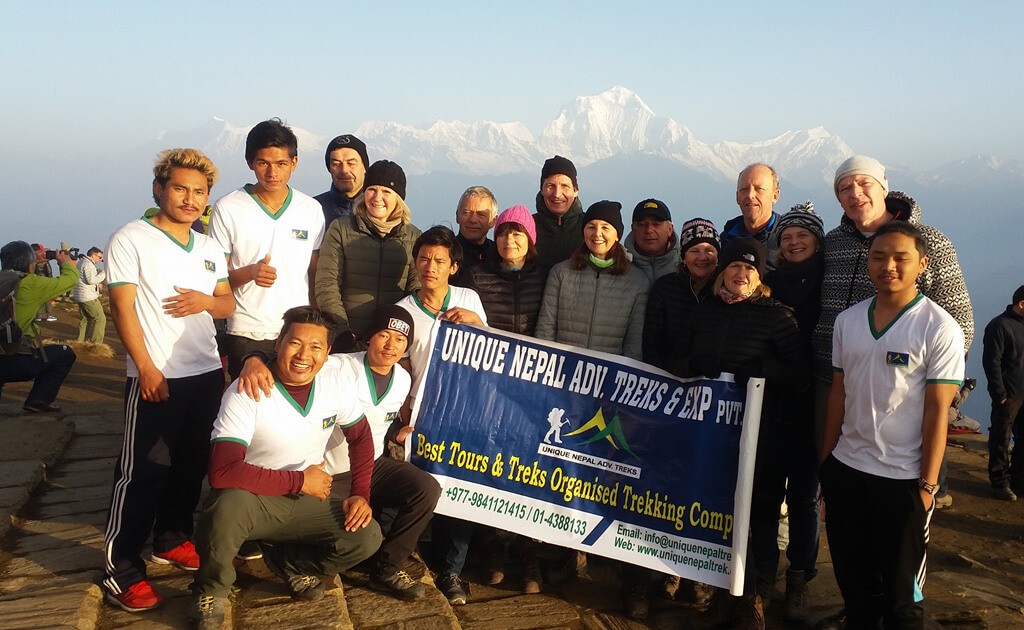

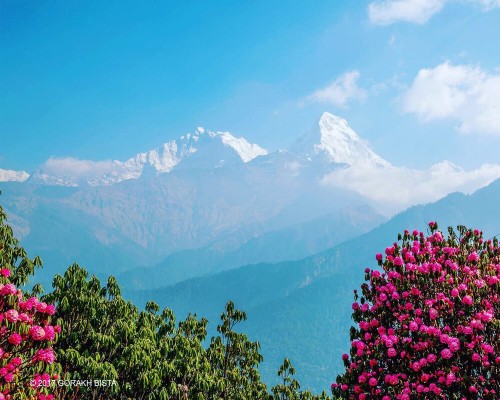
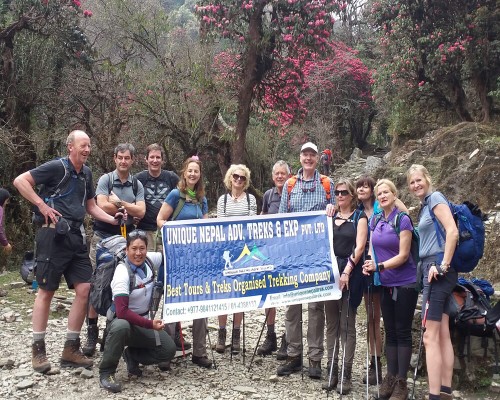
.jpg)
